Accepted Scientific Name: Mammillaria mammillaris (L.) H.Karst.
Deut. Fl. (Karsten) 888. 1882 [Sep 1882] H.Karst.
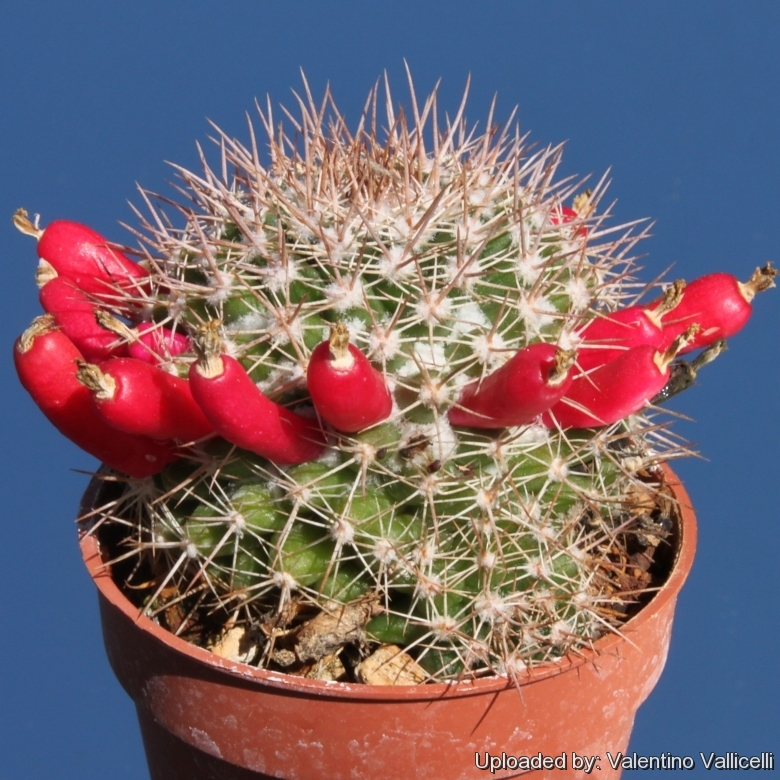
Cactus mammillaris (Mammillaria mammillaris) Photo by: Valentino Vallicelli
Along with Mammillaria colombiana it is one of only two South American species. The fruit are edible.
Origin and Habitat: Mammillaria mammillarisSN|7413]]SN|7413]] is found in the coast of Venezuela and and the adjacent islands Antigua and Barbuda; Aruba; Bonaire, Sint Eustatius and Saba (Saba, Sint Eustatius); Curaçao; Dominica; Grenada; Guadeloupe; Martinique; Montserrat; Saint Kitts and Nevis; Saint Lucia; Saint Martin (French part); Saint Vincent and the Grenadines; Sint Maarten (Dutch part); Trinidad and Tobago. It is a common species with a widespread distribution and abundant populations especially in Venezuela.
Habitat: It is found in costal and mountainous regions at medium altitude (up to 1.500 m) in clearings in spiny scrublands and thorny forests and do not tolerate frost. It also occurs on offshore rocky islands. Part of its habitat is being converted for agricultural activities such as crop production. It is unknown whether collecting from the wild (for ornamental plants) is affecting the population status since this species is relatively common.
Synonyms:
Common Names include:
ENGLISH: Woolly Nipple Cactus
Description: Fairly slow growing and usually solitary or forming clumps.
Stem: Globose to short cylindrical, light to dark green, shiny, 8 to 20 cm in diameter. With latex.
Tubercles: Tubercules in spiralled rows, ovoidal to conical up to 1 cm tall, parastichy number 8-13, there is no or few wool in the axil.
Areoles: Rounded with abundant white wool especially the younger one..
Radial spines: Spreading, 6 - 16, yellowish-white to reddish brown, becoming grey with age, 5 - 8 mm long.
Central spines: 3 - 5, reddish brown, with dark tips, later grey, 7 - 8 mm long, uppermost longest.
*Flowers: Diurnal, very small, inconspicuous, almost concealed among the tubercles, funnelform, white, greenish, yellowish or creamy white, 5 - 12 mm long.
Fruits: Club shaped, scarlet-red, 10 - 20 mm long, edible.
Seeds: Small, brown, rough.
Blooming season: Late summer.
Notes: Mammillaria mammillarisSN|7413]]SN|7413]] is the type species of the genus Mammillaria, which itself is the type genus of the tribe Cactaceae of the subfamily Cactoideae of the Cactaceae. In fact all cacti should be named "Mammilariaceae", but the name "Cactaceae" has been conserved (Nomen conservandum). The generic name Mammillaria is also a nomen conservandum, on one hand against Linné's genus cactus, on the other hand, against an earlier homonym, the algae species Mammillaria. Linneé's genus "Cactus" was soon given up, because it included too many species unrelated to each other.
Bibliography: Major references and further lectures
1) Edward Anderson “The Cactus family” Timber Press, Incorporated, 2001
2) James Cullen, Sabina G. Knees, H. Suzanne Cubey "The European Garden Flora Flowering Plants: A Manual for the Identification of Plants Cultivated in Europe, Both Out-of-Doors and Under Glass" Cambridge University Press, 11/Aug/2011
2) David R Hunt; Nigel P Taylor; Graham Charles; International Cactaceae Systematics Group. "The New Cactus Lexicon" dh books, 2006
3) John Pilbeam “Mammillaria: the cactus file handbook” Cirio Publishing Services Ltd Dec/30,/1999
4) Nassar, J. 2013. Mammillaria mammillaris. The IUCN Red List of Threatened Species. Version 2015.2. <www.iucnredlist.org>. Downloaded on 11 July 2015.
5) Nathaniel Lord Britton, Joseph Nelson Rose “Cactaceae: Descriptions and Illustrations of Plants of the Cactus Family” vol. 4 The Carnegie Institution of Washington, Washington 1923
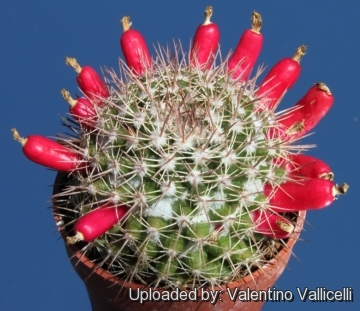 Cactus mammillaris (Mammillaria mammillaris) Photo by: Valentino Vallicelli
Cactus mammillaris (Mammillaria mammillaris) Photo by: Valentino Vallicelli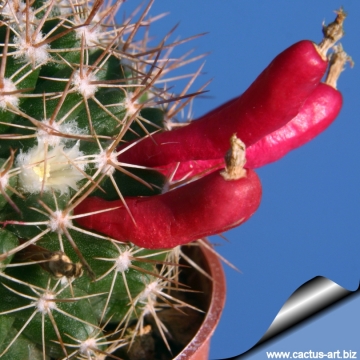 Cactus mammillaris (Mammillaria mammillaris) Photo by: Cactus Art
Cactus mammillaris (Mammillaria mammillaris) Photo by: Cactus Art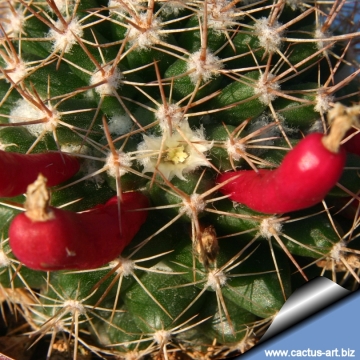 Cactus mammillaris (Mammillaria mammillaris) Photo by: Cactus Art
Cactus mammillaris (Mammillaria mammillaris) Photo by: Cactus Art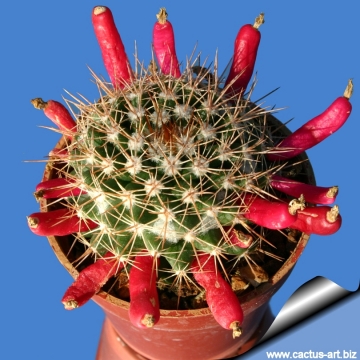 Cactus mammillaris (Mammillaria mammillaris) Photo by: Cactus Art
Cactus mammillaris (Mammillaria mammillaris) Photo by: Cactus Art Cactus mammillaris (Mammillaria mammillaris) Photo by: Cactus Art
Cactus mammillaris (Mammillaria mammillaris) Photo by: Cactus Art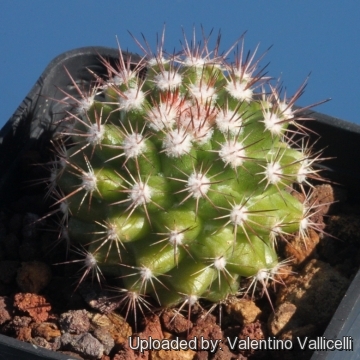 Locality: Cepita. (Mammillaria mammillaris) Photo by: Valentino Vallicelli
Locality: Cepita. (Mammillaria mammillaris) Photo by: Valentino VallicelliCultivation and Propagation: It is a relatively slow growing species.
Water regularly in summer, but do not overwater (Rot prone) Use pot with good drainage and a very porous potting media, keep dry in winter. Feed with a high potassium fertilizer in summer.
Avoid any frost (Said to be one of the least cold tolerant members of the genus). Reputedly sensitive to low temperatures, but less so if kept on the dry side prior to, and during, cold weather.
Seems to appreciate somewhat weaker light than most mammillarias, and it will take on a reddish colour in bright light, which encourages flowering and heavy wool and spine production.. Outside full sun or afternoon shade inside it needs bright light, and some direct sun.
Be careful when you repot Mammillaria mammillarisSN|7413]]SN|7413]]. Its spine is sharp and hard. You should use gloves or wrap the cactus with thick newspaper. They may make it easier.
Propagation: Direct sow after last frost or division of larger clups.
















